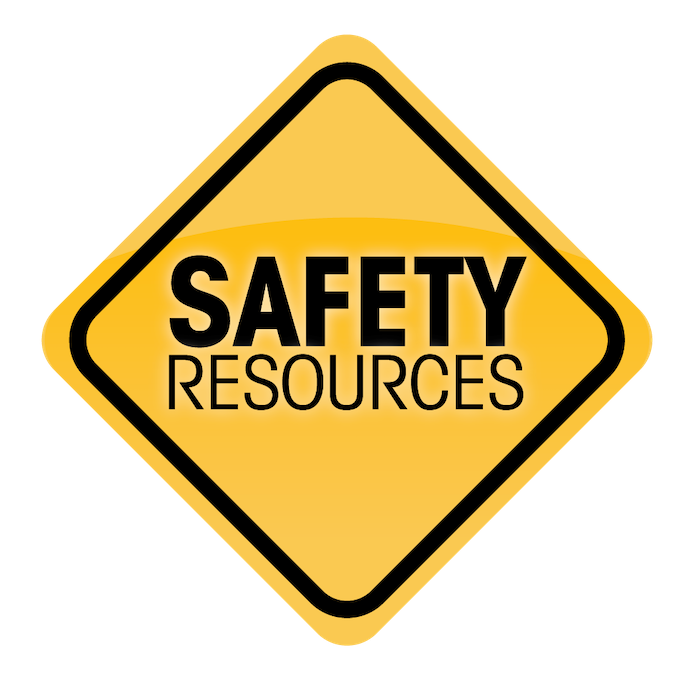Glorianna Corman, risk management consultant for KPA, outlines what OSHA inspectors are particularly focused on as well as areas that many businesses overlook when it comes to safety. KPA is the leading provider of environmental health & safety, HR management, and finance & insurance compliance software and services for mid-sized companies.
Corman is a presenter at the upcoming Dealer Success Academy, Rural Lifestyle Dealer’s online, on-demand and free conference. Her presentation, “How to Survive an OSHA Visit,” will cover what triggers OSHA inspections as well as what to expect and how to respond when OSHA shows up. Register now. And, consider sharing the event with others on your team.

Glorianna Corman is a risk management consultant for KPA, a leading provider of environmental health & safety, HR management, and finance & insurance compliance software and services for mid-sized companies.
In the following Q&A, Corman shares what hazards OSHA is currently focusing on as well as ideas to improve a culture of safety at your dealership.
Rural Lifestyle Dealer: What are some of the basic safety rules that everyone knows, but fails to put into action?
Glorianna Corman: Labeling is a big issue we see when we visit clients. Let's say there’s a container holding soap and water, but a label that only says soap and water isn’t sufficient. The label should provide more specifics, including naming the products used as well as hazard warnings. For instance, is it flammable? Could it be an irritant?
Training is another big issue. Many owners and managers are doing a good job of training how to operate equipment as well as outlining hazards. What they aren’t doing, however, is documenting that this training has taken place.
From an OSHA compliance standpoint, you need to be able to prove it with documentation. For instance, consider maintaining training rosters detailing what the training consisted of and who attended. If something isn’t documented, it doesn’t exist in the eyes of OSHA.
RLD: It seems the first step is to have both safety and compliance in mind when developing a safety program. Who should lead those efforts?
Corman: Typically, it’s the managers who are leading the safety programs. That could be the location manager or managers for the various departments, such as parts and service.
However, managers need to share the message that all employees play a role by making sure they know how to perform their tasks in a safe manner.
A dealership could also establish a safety committee to help support the manager. The committee might include employees who are “gung ho” about keeping the shop clean. Or, maybe someone on your team served in the military, so is familiar with following strict processes. You might also have a younger person who wants to take on more responsibilities.
RLD: What are some resources for establishing or enhancing a safety program?
Corman: Documentation from manufacturers is a good place to start. Operator manuals include safety and hazards information.
OSHA offers resources related to fire safety, falls, personal protective equipment and other topics. Managers need to make these general guidelines specific to their location. For example, documentation should outline where the first aid kit or eye wash station is located and someone needs to be responsible for making sure the kit has the right contents and the station is set up properly.
Some state governments have safety consultants that will come on site. In Ohio, where I live, that support comes from the Ohio Bureau of Workers’ Compensation. And, many state offices of the EPA also offer on-site support to help facilities develop compliance programs.
Some dealers might not want to ask someone from OSHA or EPA to come on site, for fear of being cited, so they can turn to a third party, like KPA. We have been trained to complete inspections like regulatory agencies would do and can offer training and program support.
RLD: Is there anything new or changing with regard to OSHA?
Corman: Fall protection is huge right now with OSHA. Dealers need to know that OSHA requires protection starting at 4 feet. Statistics show that 70% of fatalities from falls are from below 12 feet, so fall protection is a focus now.
Another area is compressed natural gas (CNG), from the standpoint of fueling or maintaining equipment that operates with CNG. Managers need to make sure their facilities have the proper ventilation, for instance. Dealers should be aware that there are some retrofit options for older facilities to help them meet compliance requirements.
RLD: Accidents are going to happen, even if a dealership is complying to safety requirements. What do dealers need to keep in mind regarding even minor incidents?
Corman: Many times we hear from clients they haven’t had any incidents. That’s something we like to hear. However, more than likely accidents or injuries are happening. They may be very small incidents, but if those events are not documented they could have the potential to be repeated and lead to larger incidents.
For instance, let’s say an employee was scratched and, later, that injury became infected because it wasn’t treated property. Perhaps even a workers comp claim could be filed and the dealership could be penalized by not reporting the incident as soon as it happened.
Trip hazards are common occurrences that are often not handled properly. There might be a hose running across the shop or a loose piece of carpet. Someone eventually could fall and get injured. Again, by ignoring these “near misses,” you have not taken steps to prevent an accident.
Another situation we often see is that a piece of equipment is not maintained properly as it ages or it is not pulled out of service when it is faulty. At some point, the equipment might fail, causing property damage, an injury or maybe even a fatality.
The manager may not come across these hazards during their work day, so it’s important for the entire staff to keep safety in mind. They can also provide feedback when a process or policy is developed to ensure that it makes sense.
RLD: What can a manager do every day to keep safety top of mind?

Register today for the Dealer Success Academy, Rural Lifestyle Dealer’s online and on-demand event. Six presenters, including Glorianna Corman, will cover critical business topics at this no-cost event.
Corman: Employees will start adopting a safety culture when managers show them it’s important. If managers sit in the office and never walk into the shop, how are employees expected to know that their employer values safety? Even the simple process of walking through the shop and paying attention to equipment and how people are working can go a long way toward building a safety culture. And, they need to model safety, such as wearing safety glasses in areas that require eye protection.
And, of course, they need to be carrying out their duties as a manager, such as by doing inspections, monitoring safety processes and maintaining documentation.
Related content:
Check out Rural Lifestyle Dealer’s Safety Resources.






Post a comment
Report Abusive Comment